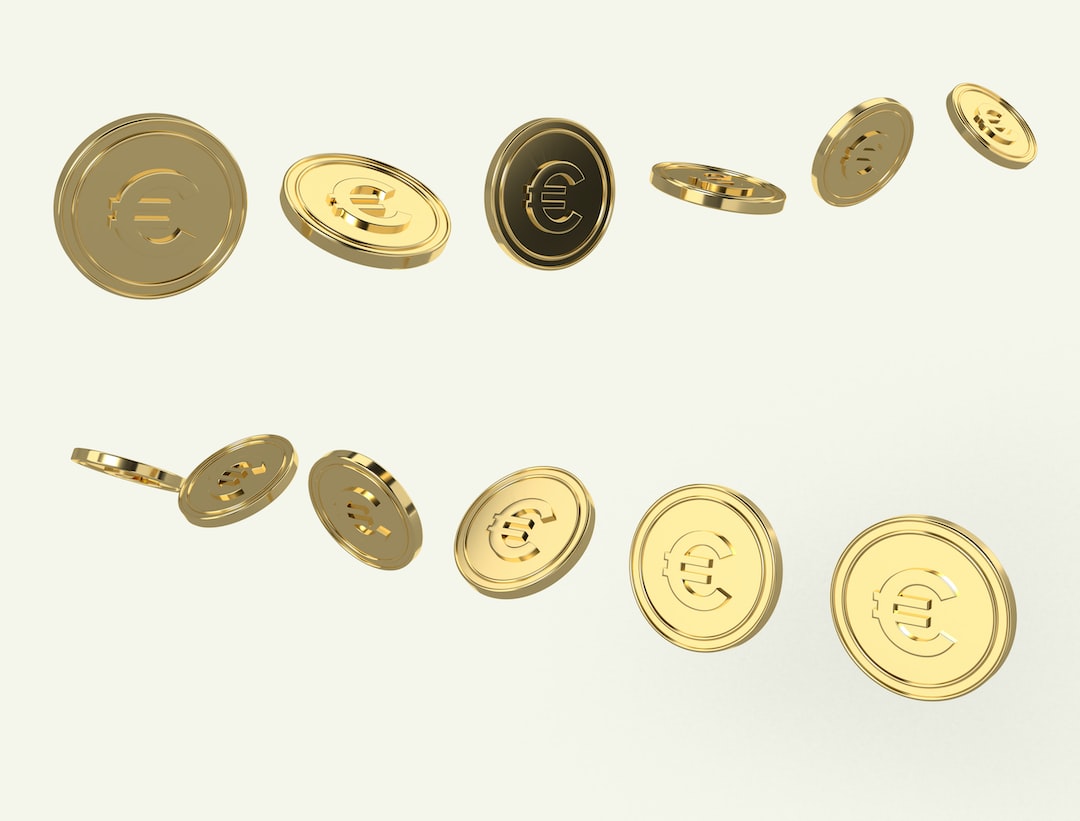Forex or foreign exchange is the largest financial market in the world, with a daily trading volume of over $6 trillion. It is also one of the most volatile markets, making it a popular choice for hedge funds. Hedge funds are investment funds that pool money from accredited investors and use various strategies to generate returns. Forex trading is one of the many strategies that hedge funds use to generate profits. In this article, we will explore how hedge funds trade forex.
Hedge funds are known for their ability to take on high-risk trades with the potential for high rewards. Forex trading is no exception. Hedge funds use various trading strategies to trade forex, including macro trading, algorithmic trading, and technical analysis.
Macro trading is a top-down approach to trading where hedge funds analyze global economic and political events to identify currency trends. Hedge funds that use macro trading believe that economic and political factors, such as interest rates, inflation, and GDP growth, have a significant impact on currency prices. They use these factors to make predictions about the direction of currency markets.
Algorithmic trading, also known as automated trading, involves using computer programs to execute trades based on preset rules. Hedge funds that use algorithmic trading analyze historical data and use mathematical models to identify profitable trades. These models can analyze large amounts of data quickly and make trading decisions in real-time. This type of trading is popular among hedge funds because it allows them to execute trades faster and more efficiently.
Technical analysis is a popular trading strategy among hedge funds that use forex. It involves analyzing charts and patterns to identify potential trading opportunities. Hedge funds that use technical analysis believe that market trends can be predicted based on historical price movements. They use chart patterns, indicators, and other technical tools to identify potential entry and exit points.
Hedge funds also use leverage to increase their returns. Leverage allows them to trade larger positions than their account balance would allow. This means that hedge funds can potentially make more money on each trade, but it also increases the risk of losing money. Forex brokers offer high leverage ratios, which can range from 50:1 to 500:1, depending on the broker.
To manage risk, hedge funds use various risk management strategies, including stop-loss orders and hedging. Stop-loss orders are used to automatically close a trade if the price moves against the hedge fund’s position. This helps limit losses and protect profits. Hedging involves taking a position that offsets the risk of another position. For example, a hedge fund might take a long position in the EUR/USD currency pair and a short position in the USD/CHF currency pair. This way, if the EUR/USD trade loses money, the USD/CHF trade can potentially offset those losses.
In conclusion, hedge funds use various trading strategies to trade forex, including macro trading, algorithmic trading, and technical analysis. They also use leverage to increase their returns and risk management strategies to manage risk. Forex trading is a high-risk, high-reward strategy, and hedge funds take on these risks to generate profits for their investors.





